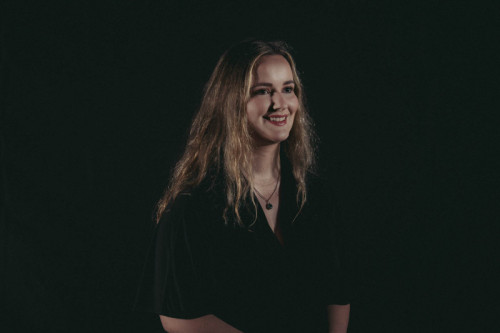Using AI to improve menopause care in Greater �������
Discover how Dr Charlotte Woolley uses AI to improve menopause care for women in Greater �������. By studying how care varies across backgrounds, her research aims to boost equity and ensure equal access to support.
Hearing women share their experiences of unequal access, lack of information, misdiagnosis, and inadequate treatment during menopause, inspired Dr Charlotte Woolley to create positive changes with her research.
The project she began works with AI to identify women experiencing menopause symptoms in Greater �������. It looks at how treatments of menopause vary by background, and aims to ensure that all women can access the support they need.
Dr Woolley records insights from women and health professionals on what matters most in menopause experiences. Using AI, their insights are used to extract the most relevant information from big health datasets, like UK Biobank and the Greater ������� data environment. This approach helps to ensure that women’s voices are directly shaping the research.
And Dr Woolley believes that can make a real difference:
“I was moved by women that told me about their experiences of unequal access to services, lack of information, misdiagnosis and inadequate treatment during the menopause. By combining women’s lived experiences with the power of AI and big data, my research will provide evidence that can drive change towards menopause care that is better informed and equitable for all.”

Meet the researcher
Dr Charlotte Woolley is an epidemiologist and Research Fellow for �������’s Healthier Futures Research Platform. Listed as an AI Visionary by the Department of Health and Social Care (DHSC) in 2025, for her pioneering work in women’s health and gender equity through artificial intelligence, Dr Woolley’s research is driven by her passion for women's health. She incorporates the real-life experiences of clinicians and women to guide the objectives of her work and interpret her findings.
Read her papers
-
01October2025| 15:14 Europe/London75 years on from the 'Turing Test', ������� leads the way in AI res..
-
01October2025| 14:20 Europe/LondonA trailblazing history: driving the AI revolution
-
23September2025| 17:33 Europe/LondonGreener computing in ‘big science’ is possible… if we change our data ..
